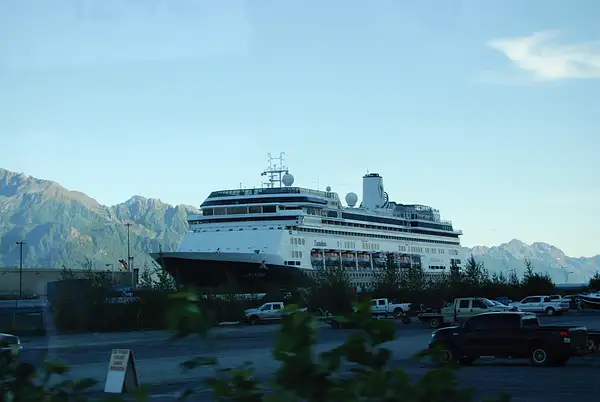Eagle! I don't see it, but I take a photo just in case. It is low light, heavy overcast, note slow shutter speed required at ISO 1600, boat bobbing fair amount, so hard to hold camera still. I eventually got approximately 117 photos of about 20 eagles, of which photos only about 15 were fair (some blurring) to nearly sharp. I really needed to shoot at 1/500 second or faster for 300mm focal length, my longest lens, but low light forbade that. I would have needed 1/1000 sec exposure if raft was bobbing much at all, which it was. What I am saying is any good pictures are luck, which is why I took 117 pictures.



















































No comments yet...
All fields are required, fill in the form.
Comment successfully added.
Comment